As you enter the palace grounds, you are greeted by the lush greenery of the gardens, which stretch out over 20 acres. Mango trees and jackfruit trees dot the landscape, providing shade for the well-manicured lawns and flower beds.
The gardens are a true oasis in the midst of the city, providing a tranquil and serene atmosphere for visitors to relax and unwind.

As you explore the gardens, you come across the galleries, which showcase the history of the Aga Khan family and the Nizari Ismaili community. The galleries are filled with interesting artifacts and documents, providing a fascinating look into the past.
But the Aga Khan Palace is not just known for its beautiful gardens and historical significance. It is also closely associated with one of India’s most iconic figures: Mahatma Gandhi. Gandhi, along with his wife Kasturba and several other freedom fighters, was imprisoned at the palace during the Quit India Movement in 1942.
The palace also served as a memorial to Gandhi after his death, and a museum dedicated to his life and works is located within the palace grounds.
The museum displays a number of personal items belonging to Gandhi, including his spectacles, sandals, and spinning wheel.
About Aga Khan Palace
The Aga Khan Palace is a historic building located in the city of Pune, Maharashtra, India. It was built in 1892 by Sultan Muhammed Shah, Aga Khan III, the leader of the Nizari Ismaili community.
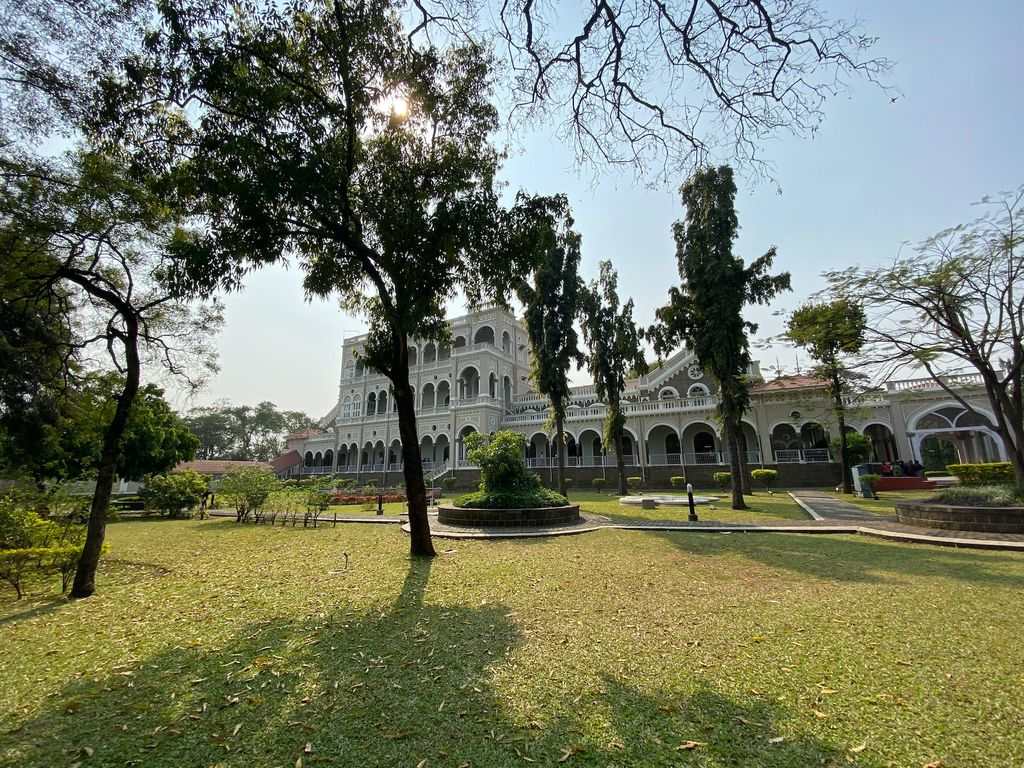
The palace is a prominent landmark in Pune and is known for its architectural beauty and historical significance.
One of the main attractions of the Aga Khan Palace is its beautiful gardens, which are spread over an area of 20 acres. The gardens are dotted with a variety of trees and plants, including mango, jackfruit, and tamarind trees.
There are also several well-manicured lawns and flower beds, which add to the beauty of the gardens. The palace also has a number of galleries, which showcase the history of the Aga Khan family and the Nizari Ismaili community.
In addition to its historical and architectural significance, the Aga Khan Palace is also known for its association with Mahatma Gandhi. Gandhi, along with his wife Kasturba and several other freedom fighters, was imprisoned at the palace during the Quit India Movement in 1942.
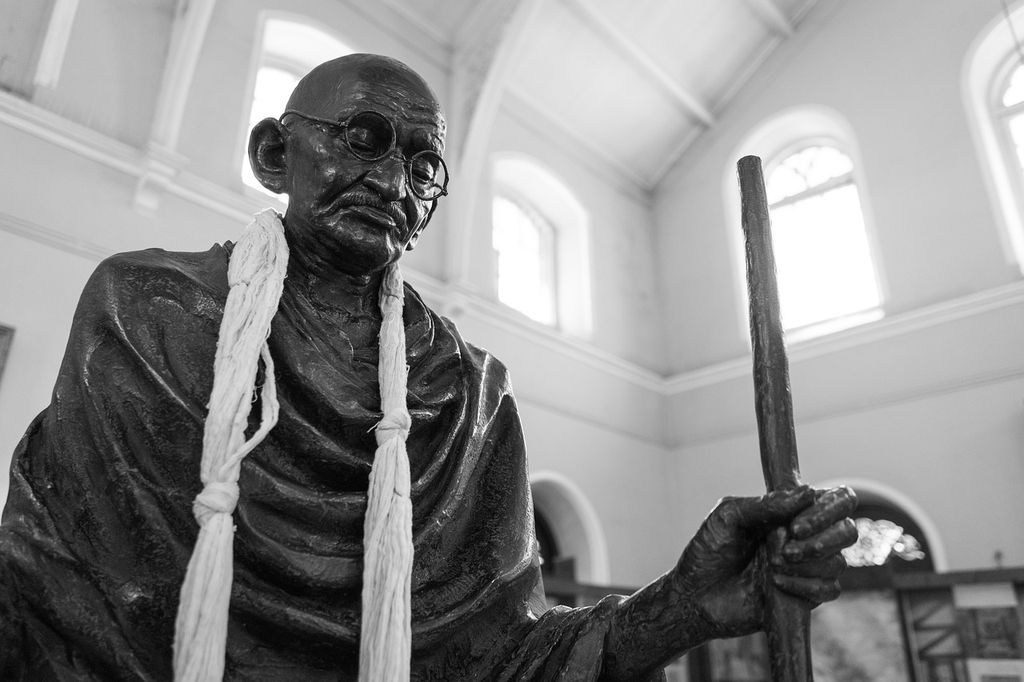
The palace also served as a memorial to Gandhi after his death, and a museum dedicated to his life and works is located within the palace grounds. The museum displays a number of personal items belonging to Gandhi, including his spectacles, sandals, and spinning wheel.
The legend goes that the Sultan built the palace to provide employment to the famine-struck villagers of the surrounding region — he, therefore, employed 1000 people, and the palace was constructed in five years. It was built for Rs 12 lakhs.
The total area is 13 acres and the built-up palace covers seven acres, and the rest is a well-maintained garden.
Travel Advice for Aga Khan Palace
If you are planning to visit the Aga Khan Palace, it is advisable to wear comfortable shoes and bring a hat or umbrella to protect yourself from the sun.
The palace is open to visitors from 9:00 AM to 5:30 PM, and the entry fee is INR 5 for adults, INR 2 per person for Children (Indians), and INR 100 for foreigners.
The palace is well-connected to the rest of the city by public transport, and it is located just a few kilometers away from the Pune railway station and the Pune airport.
There are several places to eat and drink near the Aga Khan Palace, including a number of cafes and restaurants that serve local and international cuisine.
The palace also has a gift shop, where you can purchase souvenirs and other items related to Gandhi and the Aga Khan family.
How to reach the Palace
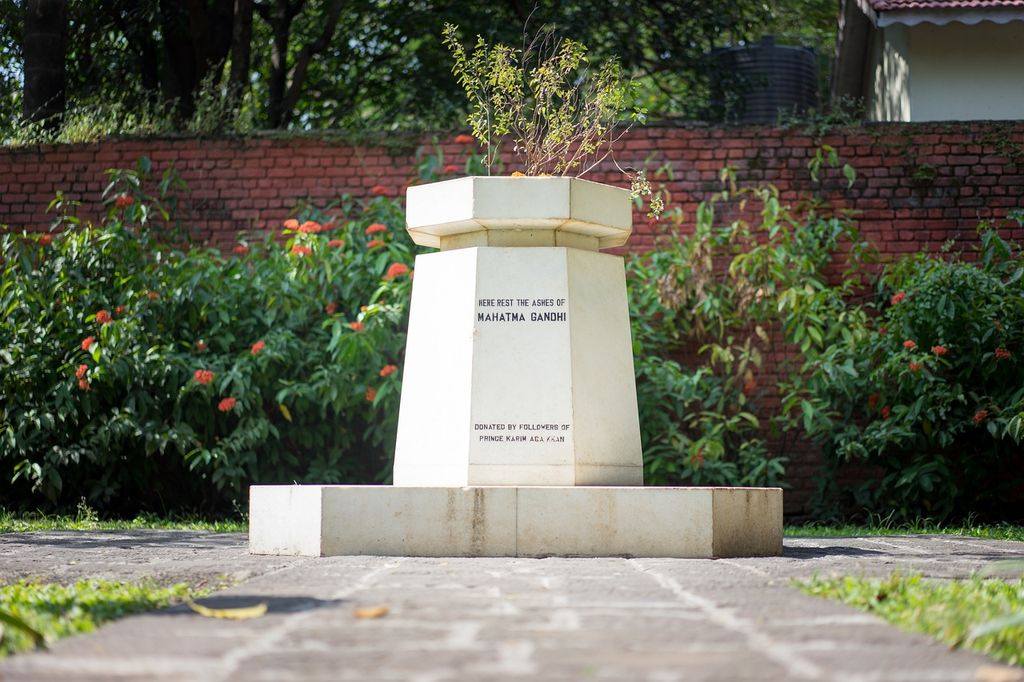
The Aga Khan Palace is located in the city of Pune, Maharashtra, India. It is well-connected to the rest of the city by public transport, and it is located just a few kilometers away from the Pune railway station and the Pune airport. Here are a few options for reaching the Aga Khan Palace:
- By train: The Pune railway station is located just a few kilometers away from the Aga Khan Palace. From the railway station, you can hire a taxi or take an auto-rickshaw to reach the palace.
- By bus: The Pune city bus service operates regular buses to the Aga Khan Palace. You can catch a bus from any part of the city and get off at the palace stop.
- By car: If you are driving to the Aga Khan Palace, it is advisable to use a GPS navigation system to reach the palace. You can also hire a taxi or a car with a driver to reach the palace.
- By air: The Pune airport is located just a few kilometers away from the Aga Khan Palace. From the airport, you can hire a taxi or take an auto-rickshaw to reach the palace.
It is advisable to check the timings of the palace before planning your visit. The Aga Khan Palace is open to visitors from 9:00 AM to 5:30 PM, and the entry fee is INR 15 for Indians and INR 200 for foreigners.
Here are a few things to remember before you visit the Aga Khan Palace:
- Check the timings of the palace: The Aga Khan Palace is open to visitors from 9:00 AM to 5:30 PM. It is advisable to check the timings before planning your visit to the palace.
- Wear comfortable shoes: The palace grounds are quite large, and you will need to walk around to explore the gardens and galleries. Wear comfortable shoes to ensure that you are able to walk around comfortably.
- Bring a hat or umbrella: The weather in Pune can be quite hot and sunny, especially during the summer months. It is advisable to bring a hat or an umbrella to protect yourself from the sun.
- Carry cash: The entry fee to the Aga Khan Palace is INR 5 for Indians and INR 100 for foreigners. It is advisable to carry cash, as the palace may not accept credit or debit cards.
- Respect the rules of the palace: The Aga Khan Palace is a historic building, and it is important to respect the rules of the palace. Do not touch or damage any of the artifacts or displays, and follow any instructions given by the staff.
- Plan your visit in advance: The Aga Khan Palace is a popular tourist
As you leave the Aga Khan Palace, you can’t help but feel a sense of awe and inspiration. The palace is a true testament to the rich history and cultural heritage of India, and it is a place that should not be missed.
The Aga Khan Palace is a must-visit destination for anyone interested in history, architecture, and the life and works of Mahatma Gandhi. Its beautiful gardens and galleries offer a glimpse into the rich history of the Aga Khan family and the Nizari Ismaili community and provide a peaceful and serene atmosphere for visitors to relax and unwind.
Whether you are a history buff or simply looking for a peaceful place to spend a few hours, the Aga Khan Palace is sure to be a memorable and rewarding experience.

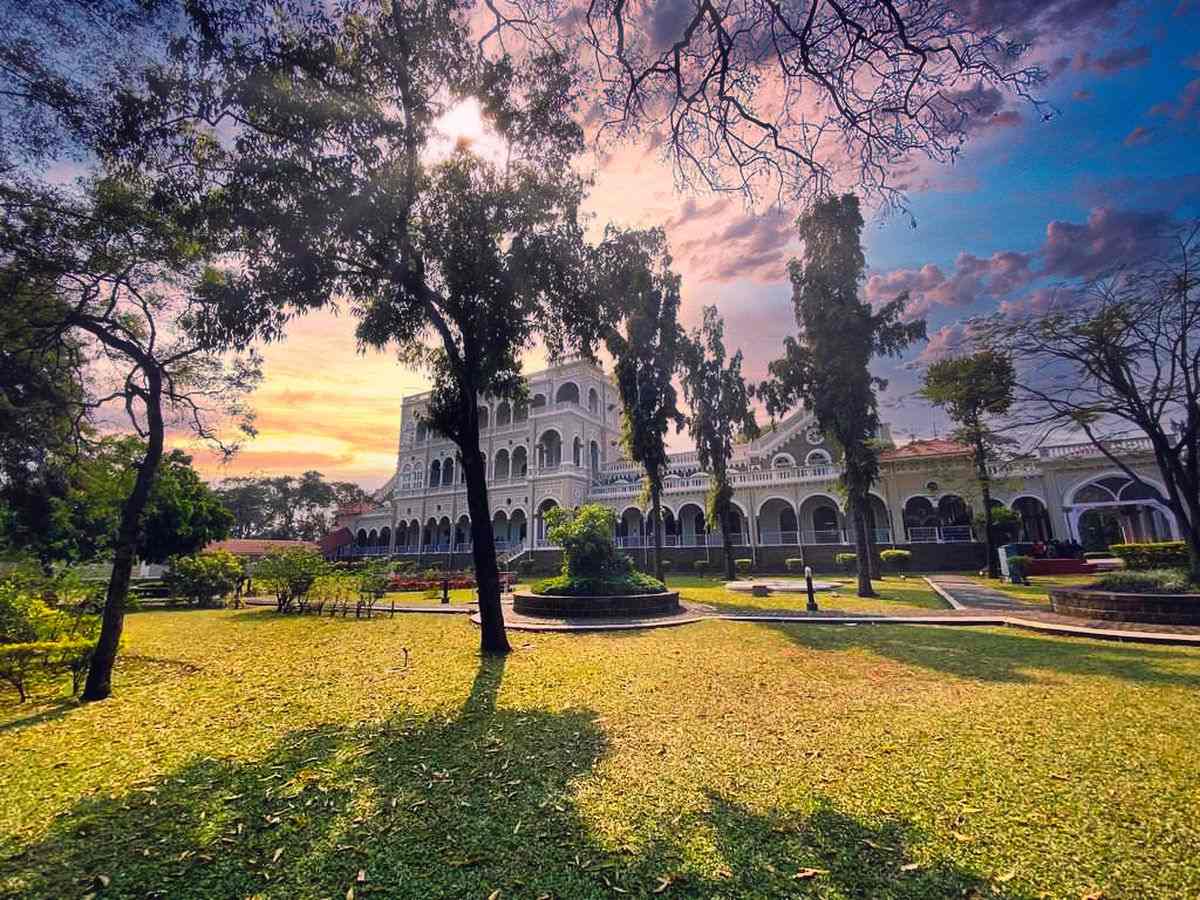



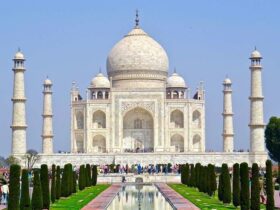






Leave a Reply